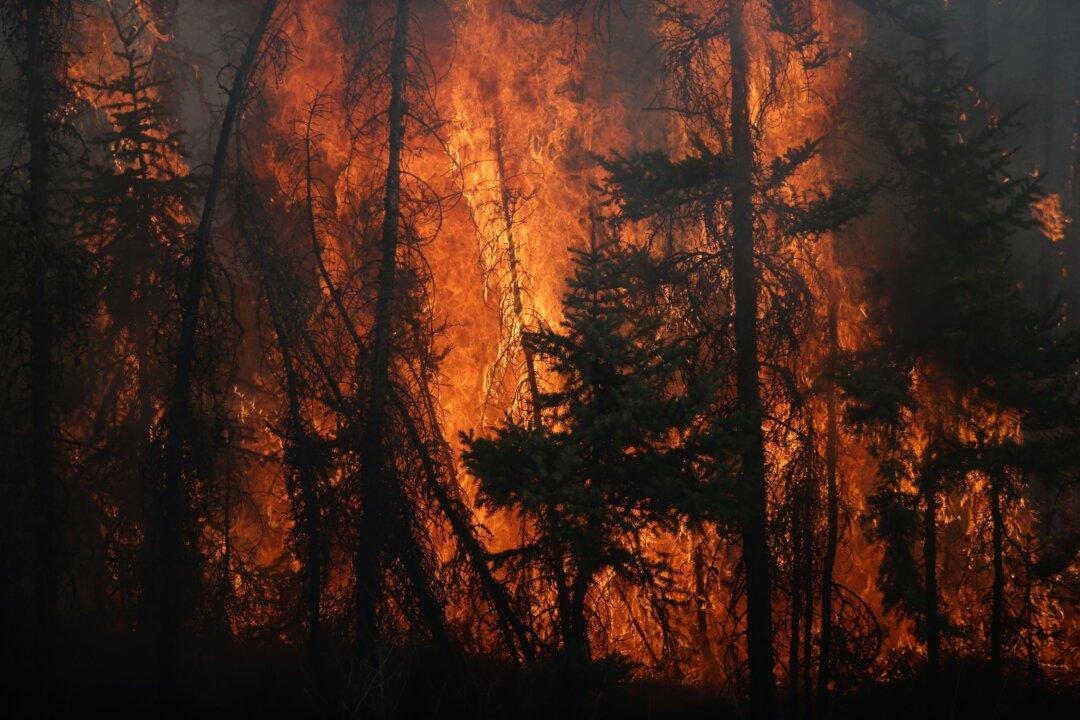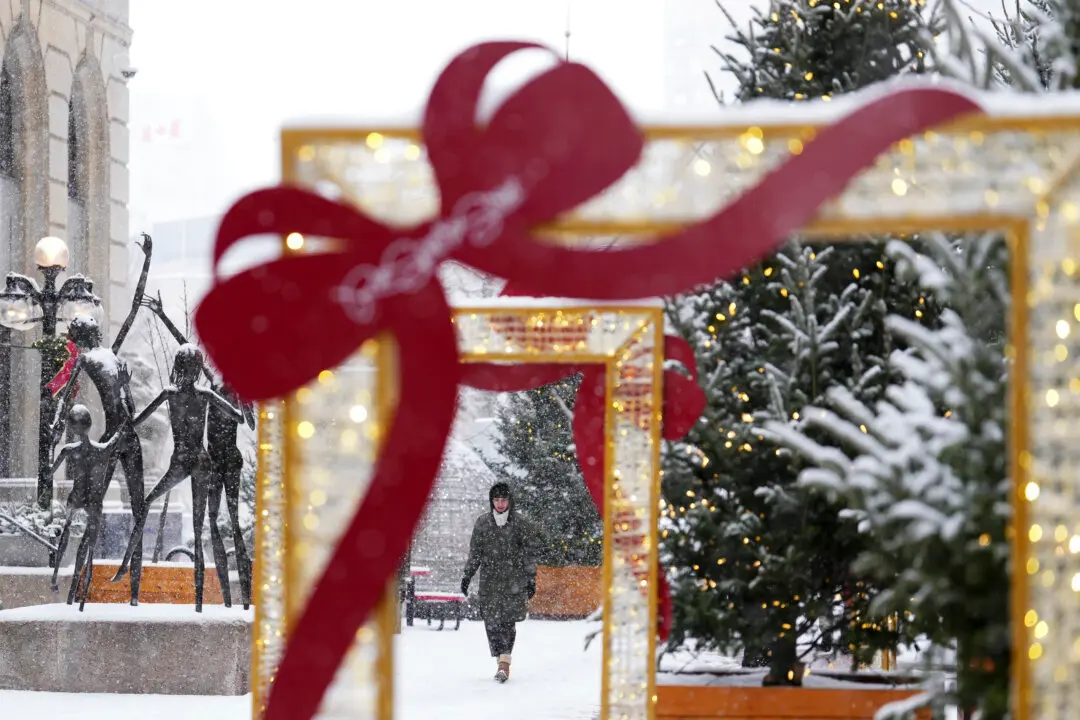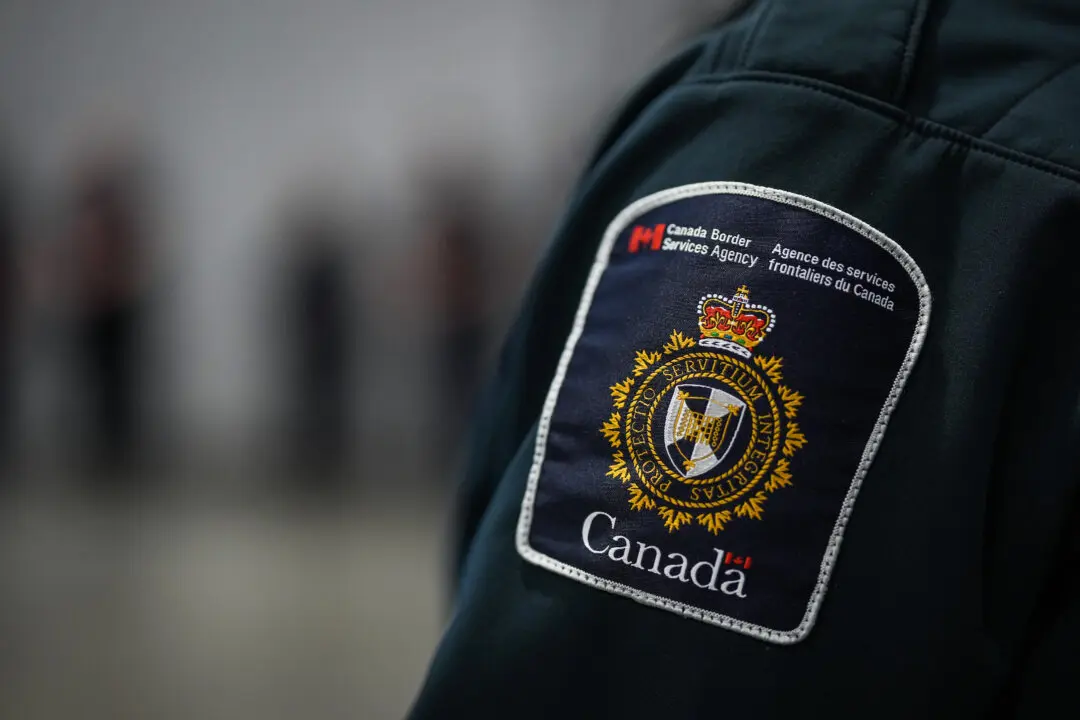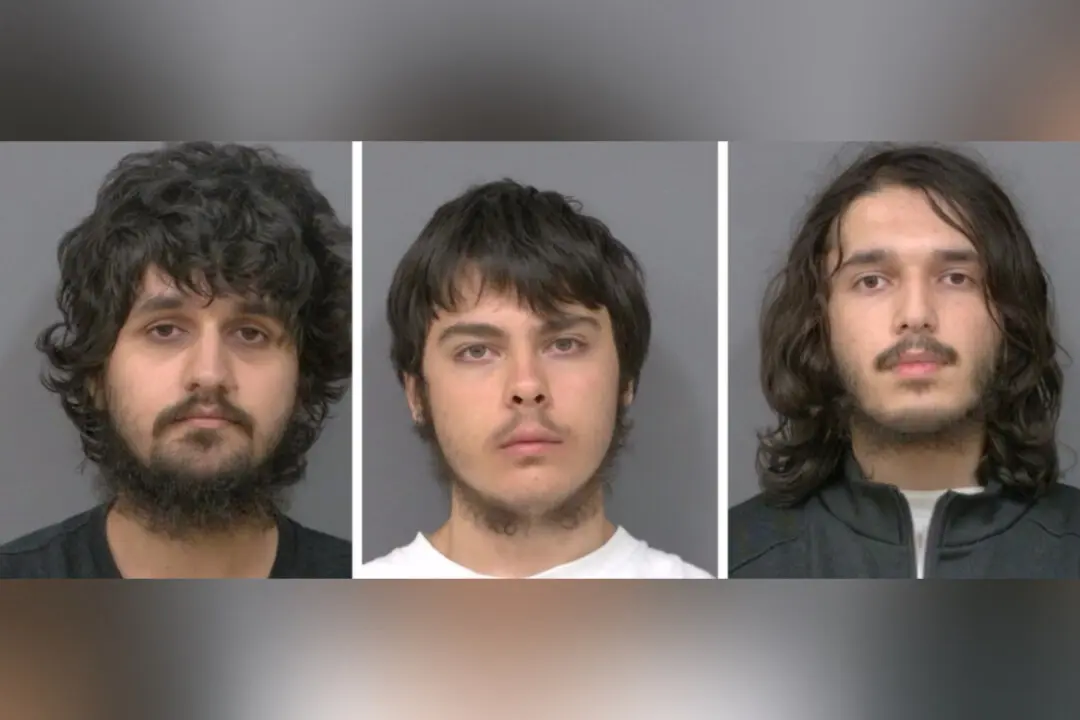Saskatchewan First Nation leaders are calling for “immediate action and accountability” from the provincial government hours after they issued an evacuation order in response to an advancing wildfire.
Officials with the Peter Ballantyne Cree Nation issued evacuation orders Aug. 13 for Sandy Bay First Nation, a community of 1,800, as an uncontrolled wildfire near Flanagan Lake creeps closer to the community. The last update from the Saskatchewan Public Safety Agency (SPSA) said the Flanagan wildfire was approximately 130 square kilometres in size and was burning within 20 kilometres of Sandy Bay.





